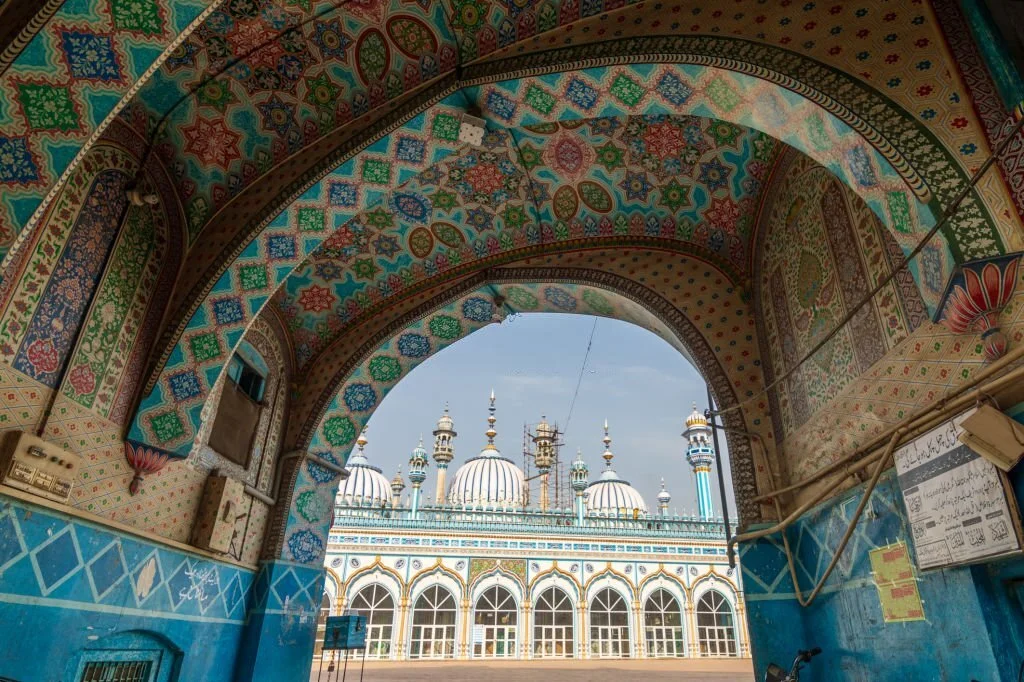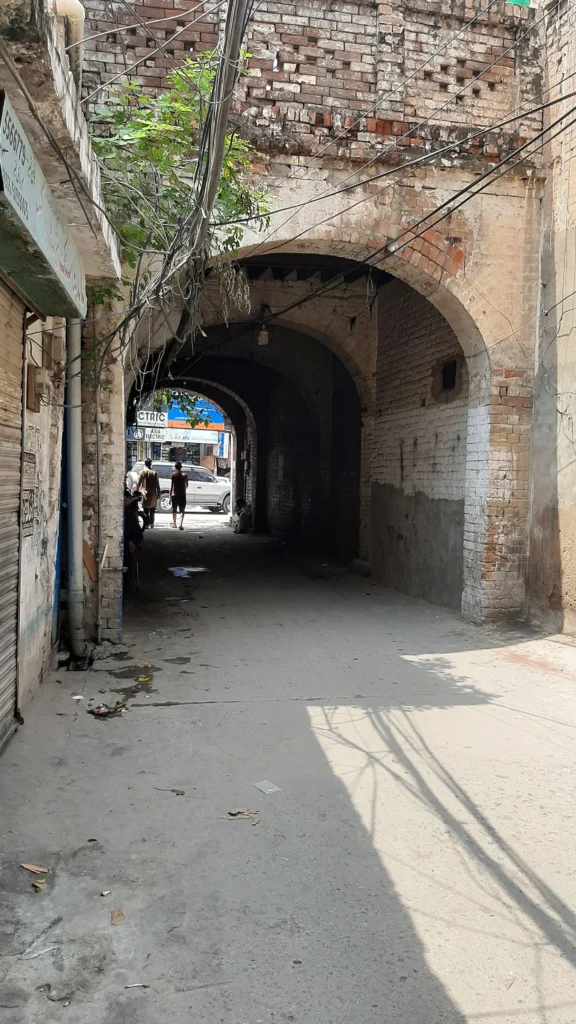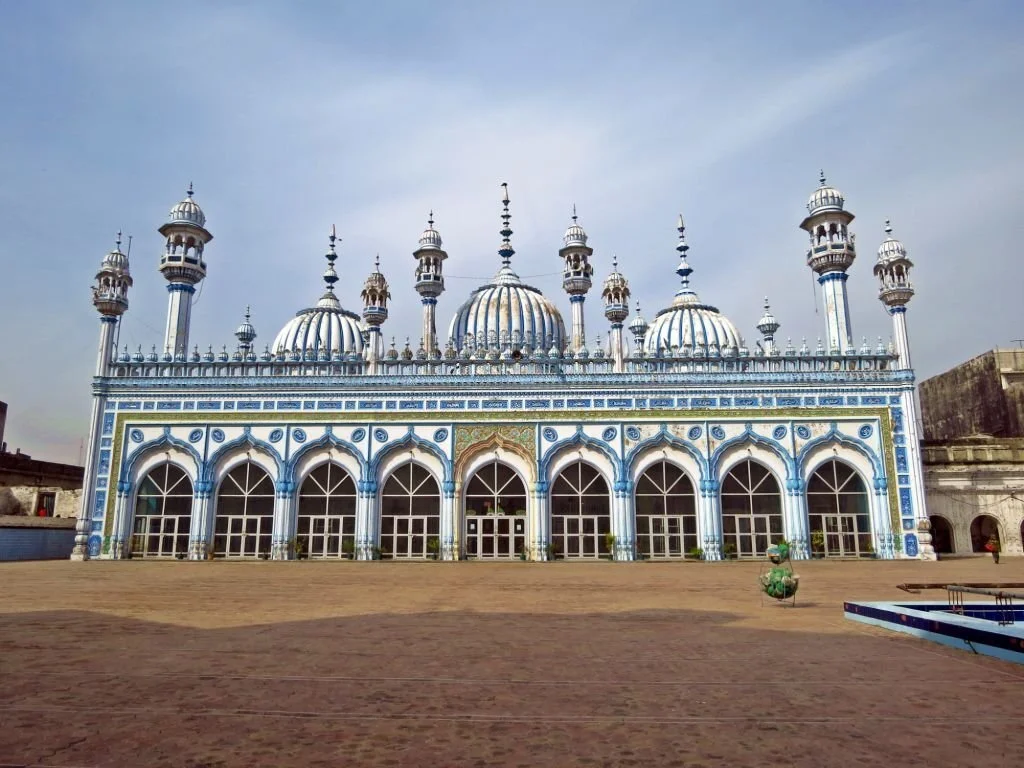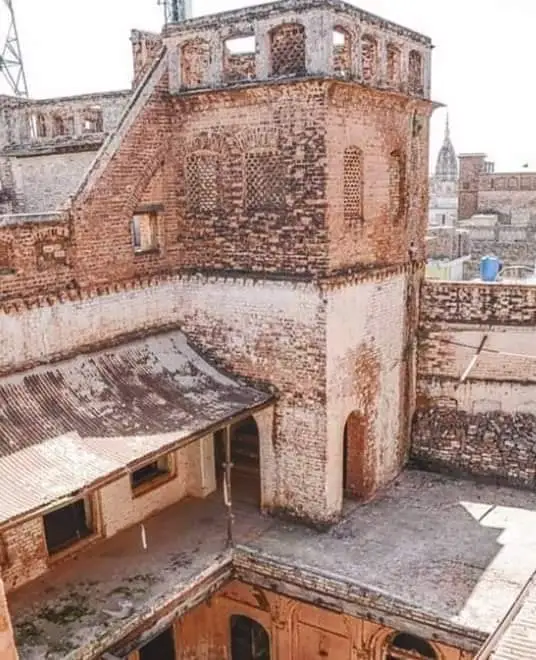Rawalpindi History

History of Rawalpindi
Rawalpindi and its nearby areas came under the old Gandhara civilization. There are many Stupas, Buddhist monasteries, and Temples have been found in the area. The renowned places in Pindi belong to the old civilization as well as the Hindu, Sikh, and Mughal eras.
The city was invaded numerous times in history in 326 BC Alexander invaded the area and got control without any battle, at that time Taxila was considered as the main city. Greeks built a University in Taxila whose remains are still present in Taxila. It is now included in UNESCO’s World Heritage Site.
Then came Mehmood Ghazni who came and destroyed the city. In 1497 Gakhars tribes jointly ruled the city for over two centuries with the help of Mughals alliance and military support. When the Mughals started losing grip on power, Sikhs tried to get control of Rawalpindi. In 1765 they invaded the city and defeated Gakhars, under the rule of the Sikh clan Rawalpindi started flourishing with new trade routes and business activities. In 1849 Sardar Chattar Singh surrendered Rawalpindi to the British Army, and the British Raj started which lasted for a century until the independence of Pakistan.

British built the Cantt area in 1851 in Rawalpindi for the “British Indian Army”. The main reason to build Cantt here was the beautiful landscape and cooling weather conditions. Moreover, they like to stay in Murree which was developed as a hill station for recreation purposes, because of its snowy weather in winter like London.

After independence, Rawalpindi remains the headquarters of the ‘Pakistan Army’ till now. Also called ‘GHQ’ in short this city has significant importance all over Pakistan.
Historical Places in Rawalpindi
Jamia Masjid:

In the center of Rawalpindi beside Raja Bazar a grand mosque is also a historical monument, located on the road which was also named after Jamia Masjid Road, Jamia Masjid was built in the late 1800s by some spiritual leaders in Potohar region, Pir Mehar Ali Shah and Pir of Mohra Sharif. With 3 big domes, a big open corridor and a water pond for ablution best represents the Mughal style of architecture. Inside the domes, you can find the same artwork as in Badshahi Masjid, Lahore.
Rawalpindi Railway Station:

Opened in 1881 during the British Era, Rawalpindi Railway Station was established to connect Lahore and Peshawar via Rawalpindi. Situated at Station Road, Saddar area of Rawalpindi, the Victorian-style building with big arches is still in very good condition.
Rawat Fort:
Rawat Fort is another historical place in Rawalpindi, although it’s not situated in Rawalpindi city Rawat is also a part of the Rawalpindi district. Rawat Fort was built in the early 16th century to defend the area from Sher Shah Suri’s forces.
Haveli Sujan Singh:
Besides the narrow streets of Bhabra Bazar inside Raja Bazar an old and dilapidated building still stands somehow, it is called Sujan Singh Haveli, built by ‘Rai Bahadur Sujan Singh’ who was one of the most influential landlords of the area and wealthy businessmen before the partition of Pakistan-India.
Built in 1893 by renowned artists and masons of that era who carved some of the beautiful craftsmanship on the walls and doors of the building.
Before partition Singh and his family stayed here for a long time. After partition, the Haveli was allotted to 40 families who migrated to Pakistan from Kashmir. Now it’s abandoned and no one is living here, most of the building is damaged or destroyed. But it still shows the royal history of Rai Bahadur Sujan Singh and his family.

